CONCERNS OVER JAPAN'S RADIOACTIVE WASTE
입력 2019.10.18 (15:03)
수정 2019.10.18 (17:30)
읽어주기 기능은 크롬기반의
브라우저에서만 사용하실 수 있습니다.
[Anchor Lead]
Typhoon Hagibis wreaked havoc on Japan, raising concerns about radioactive waste and its management. The amount of radioactive waste that has been swept away by the storm keeps growing, and even devices for measuring radiation levels are not functioning properly. At one of the local factories, highly toxic waste was washed away by the storm, but the Japanese government denies any safety problems.
[Pkg]
Workers remove bags containing radioactive waste. Empty bags can be seen hanging on a tree on the riverbank.
[Soundbite] "(This one is empty, right?) It is empty. (This one is also empty.)"
All ten bags found in the downstream area were empty. They used to contain radioactive waste. So far, 20 bags have been confirmed to have been washed away by the storm. However, authorities refuse to disclose the total number of the lost bags, while the environment minister claims there is no problem.
[Soundbite] SHINJIRO KOIZUMI(JAPANESE MINISTER OF ENVIRONMENT(OCT. 15, PARLIAMENTARY HEARING)) : "I was told that large bags were not damaged, and there is no environmental impact."
The Japanese journalist who posted this video blasted the government for concealing facts that may damage its reputation and also for even lying sometimes. Making matters worse, the equipment for measuring radiation levels is not functioning properly. Devices for controlling radiation in Fukushima broke down in more than 80 areas, making it impossible to collect data. At one of the local factories, bags with sodium cyanide, a highly toxic material, have disappeared. The amount of toxins at a nearby water treatment plant was found to surpass the permissible levels by 46 times, prompting evacuations of local residents. The fact that Prime Minister Shinzo Abe visited Fukushima first after the typhoon apparently has something to do with the issue of radiation. The Japanese government has been using Fukushima as the most dramatic example of reconstruction. But, ironically, the latest typhoon only reminded the world of the horrors of the Fukushima nuclear disaster.
Typhoon Hagibis wreaked havoc on Japan, raising concerns about radioactive waste and its management. The amount of radioactive waste that has been swept away by the storm keeps growing, and even devices for measuring radiation levels are not functioning properly. At one of the local factories, highly toxic waste was washed away by the storm, but the Japanese government denies any safety problems.
[Pkg]
Workers remove bags containing radioactive waste. Empty bags can be seen hanging on a tree on the riverbank.
[Soundbite] "(This one is empty, right?) It is empty. (This one is also empty.)"
All ten bags found in the downstream area were empty. They used to contain radioactive waste. So far, 20 bags have been confirmed to have been washed away by the storm. However, authorities refuse to disclose the total number of the lost bags, while the environment minister claims there is no problem.
[Soundbite] SHINJIRO KOIZUMI(JAPANESE MINISTER OF ENVIRONMENT(OCT. 15, PARLIAMENTARY HEARING)) : "I was told that large bags were not damaged, and there is no environmental impact."
The Japanese journalist who posted this video blasted the government for concealing facts that may damage its reputation and also for even lying sometimes. Making matters worse, the equipment for measuring radiation levels is not functioning properly. Devices for controlling radiation in Fukushima broke down in more than 80 areas, making it impossible to collect data. At one of the local factories, bags with sodium cyanide, a highly toxic material, have disappeared. The amount of toxins at a nearby water treatment plant was found to surpass the permissible levels by 46 times, prompting evacuations of local residents. The fact that Prime Minister Shinzo Abe visited Fukushima first after the typhoon apparently has something to do with the issue of radiation. The Japanese government has been using Fukushima as the most dramatic example of reconstruction. But, ironically, the latest typhoon only reminded the world of the horrors of the Fukushima nuclear disaster.
■ 제보하기
▷ 카카오톡 : 'KBS제보' 검색, 채널 추가
▷ 전화 : 02-781-1234, 4444
▷ 이메일 : kbs1234@kbs.co.kr
▷ 유튜브, 네이버, 카카오에서도 KBS뉴스를 구독해주세요!
- CONCERNS OVER JAPAN'S RADIOACTIVE WASTE
-
- 입력 2019-10-18 15:30:03
- 수정2019-10-18 17:30:48
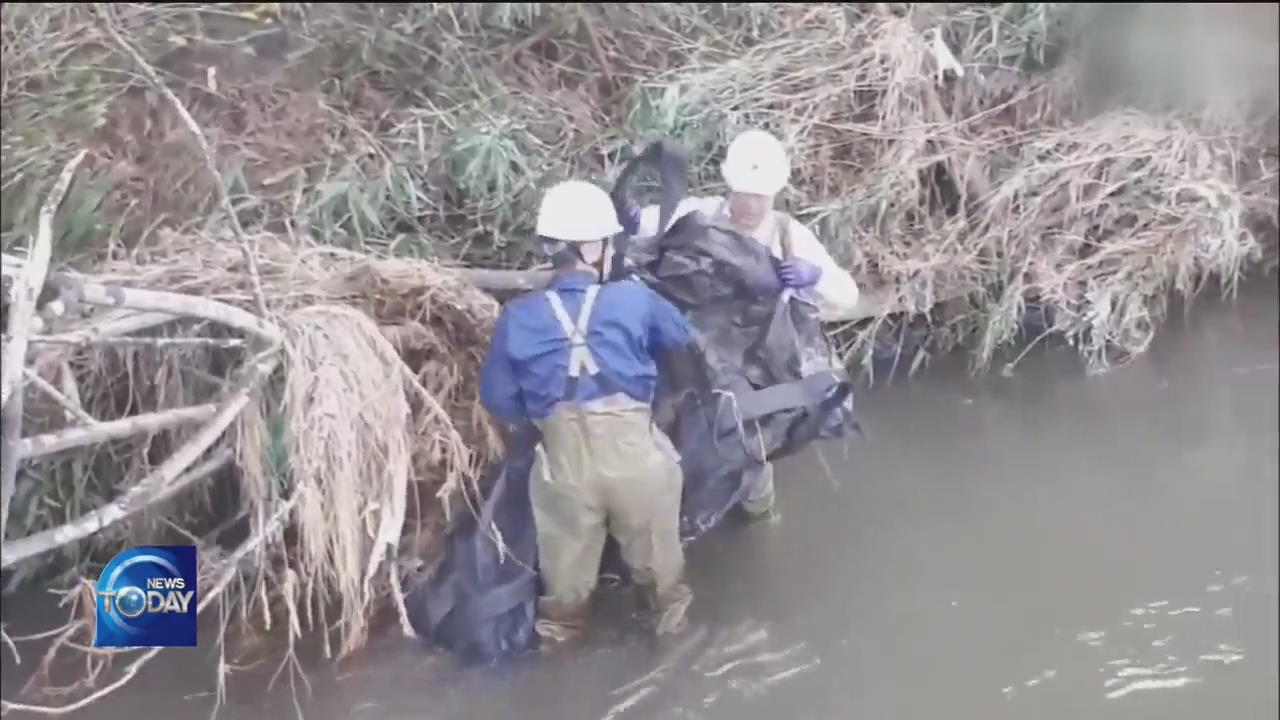
[Anchor Lead]
Typhoon Hagibis wreaked havoc on Japan, raising concerns about radioactive waste and its management. The amount of radioactive waste that has been swept away by the storm keeps growing, and even devices for measuring radiation levels are not functioning properly. At one of the local factories, highly toxic waste was washed away by the storm, but the Japanese government denies any safety problems.
[Pkg]
Workers remove bags containing radioactive waste. Empty bags can be seen hanging on a tree on the riverbank.
[Soundbite] "(This one is empty, right?) It is empty. (This one is also empty.)"
All ten bags found in the downstream area were empty. They used to contain radioactive waste. So far, 20 bags have been confirmed to have been washed away by the storm. However, authorities refuse to disclose the total number of the lost bags, while the environment minister claims there is no problem.
[Soundbite] SHINJIRO KOIZUMI(JAPANESE MINISTER OF ENVIRONMENT(OCT. 15, PARLIAMENTARY HEARING)) : "I was told that large bags were not damaged, and there is no environmental impact."
The Japanese journalist who posted this video blasted the government for concealing facts that may damage its reputation and also for even lying sometimes. Making matters worse, the equipment for measuring radiation levels is not functioning properly. Devices for controlling radiation in Fukushima broke down in more than 80 areas, making it impossible to collect data. At one of the local factories, bags with sodium cyanide, a highly toxic material, have disappeared. The amount of toxins at a nearby water treatment plant was found to surpass the permissible levels by 46 times, prompting evacuations of local residents. The fact that Prime Minister Shinzo Abe visited Fukushima first after the typhoon apparently has something to do with the issue of radiation. The Japanese government has been using Fukushima as the most dramatic example of reconstruction. But, ironically, the latest typhoon only reminded the world of the horrors of the Fukushima nuclear disaster.
Typhoon Hagibis wreaked havoc on Japan, raising concerns about radioactive waste and its management. The amount of radioactive waste that has been swept away by the storm keeps growing, and even devices for measuring radiation levels are not functioning properly. At one of the local factories, highly toxic waste was washed away by the storm, but the Japanese government denies any safety problems.
[Pkg]
Workers remove bags containing radioactive waste. Empty bags can be seen hanging on a tree on the riverbank.
[Soundbite] "(This one is empty, right?) It is empty. (This one is also empty.)"
All ten bags found in the downstream area were empty. They used to contain radioactive waste. So far, 20 bags have been confirmed to have been washed away by the storm. However, authorities refuse to disclose the total number of the lost bags, while the environment minister claims there is no problem.
[Soundbite] SHINJIRO KOIZUMI(JAPANESE MINISTER OF ENVIRONMENT(OCT. 15, PARLIAMENTARY HEARING)) : "I was told that large bags were not damaged, and there is no environmental impact."
The Japanese journalist who posted this video blasted the government for concealing facts that may damage its reputation and also for even lying sometimes. Making matters worse, the equipment for measuring radiation levels is not functioning properly. Devices for controlling radiation in Fukushima broke down in more than 80 areas, making it impossible to collect data. At one of the local factories, bags with sodium cyanide, a highly toxic material, have disappeared. The amount of toxins at a nearby water treatment plant was found to surpass the permissible levels by 46 times, prompting evacuations of local residents. The fact that Prime Minister Shinzo Abe visited Fukushima first after the typhoon apparently has something to do with the issue of radiation. The Japanese government has been using Fukushima as the most dramatic example of reconstruction. But, ironically, the latest typhoon only reminded the world of the horrors of the Fukushima nuclear disaster.
이 기사가 좋으셨다면
-
좋아요
0
-
응원해요
0
-
후속 원해요
0










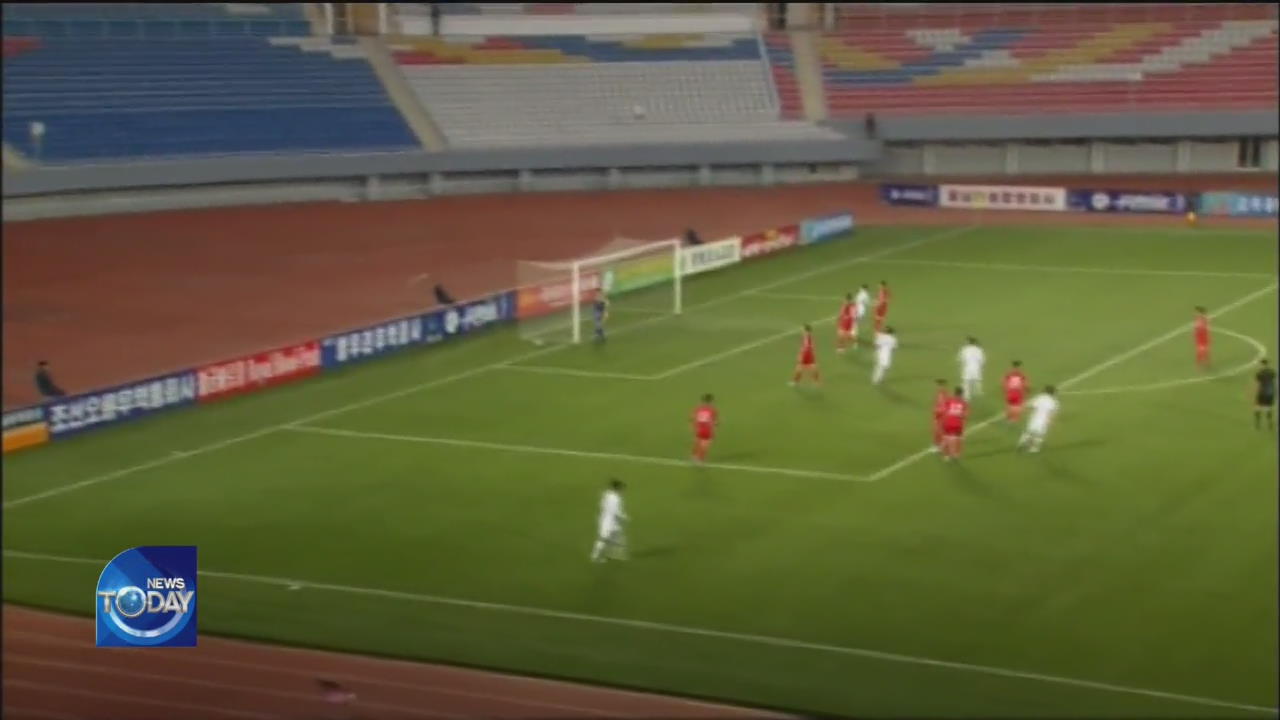

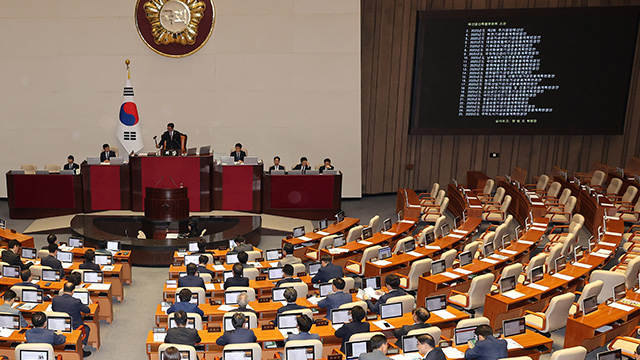
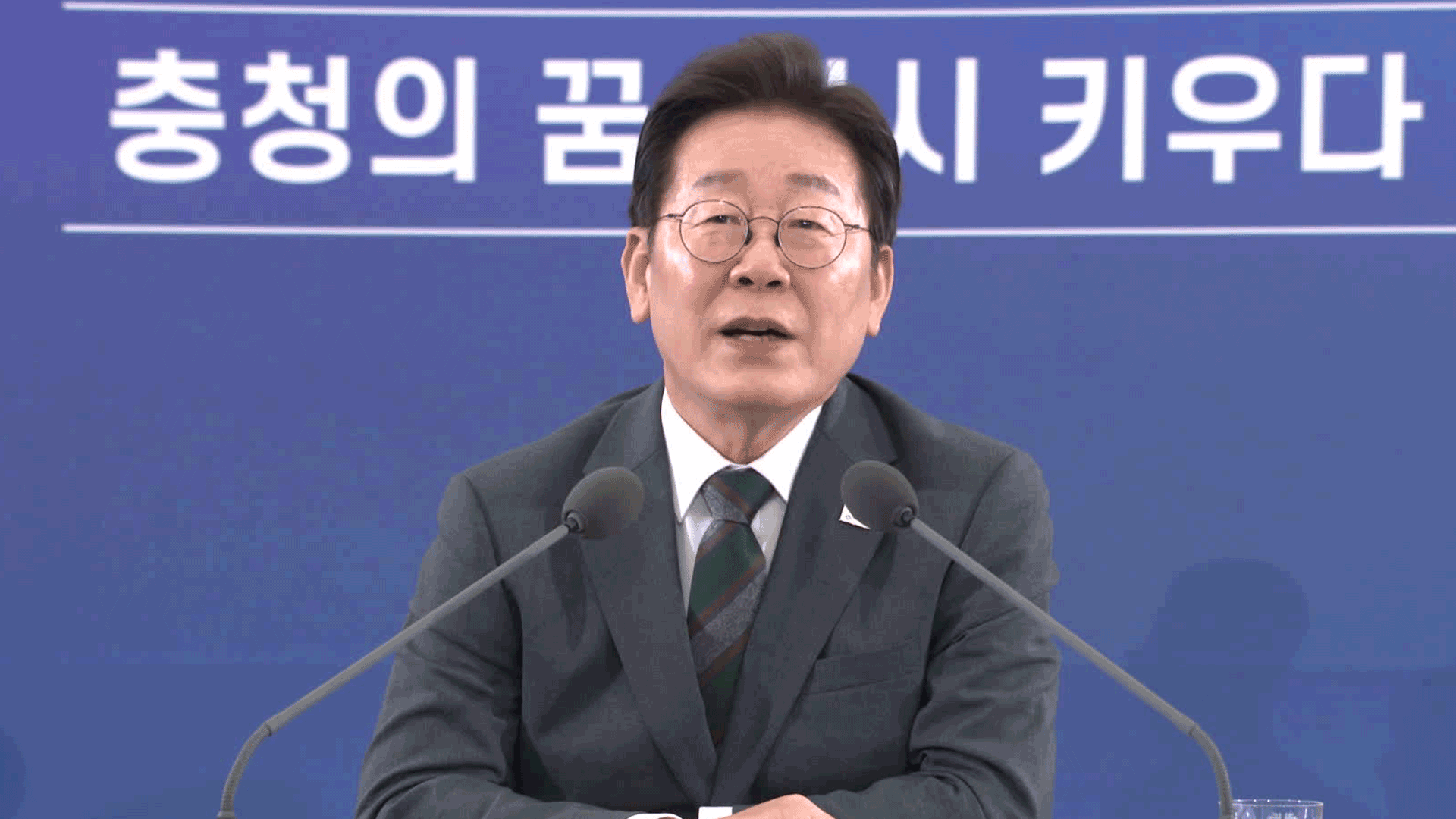
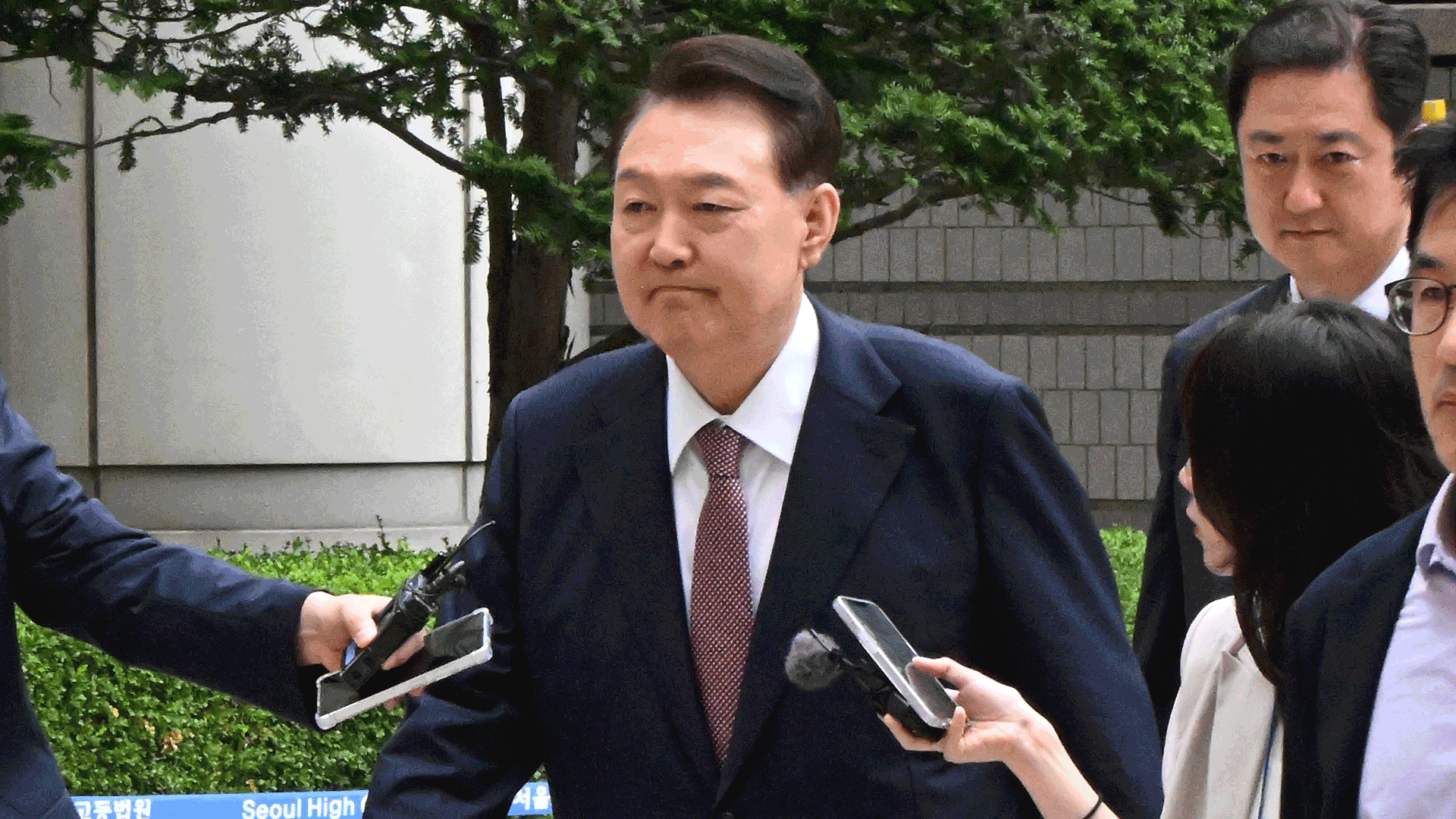
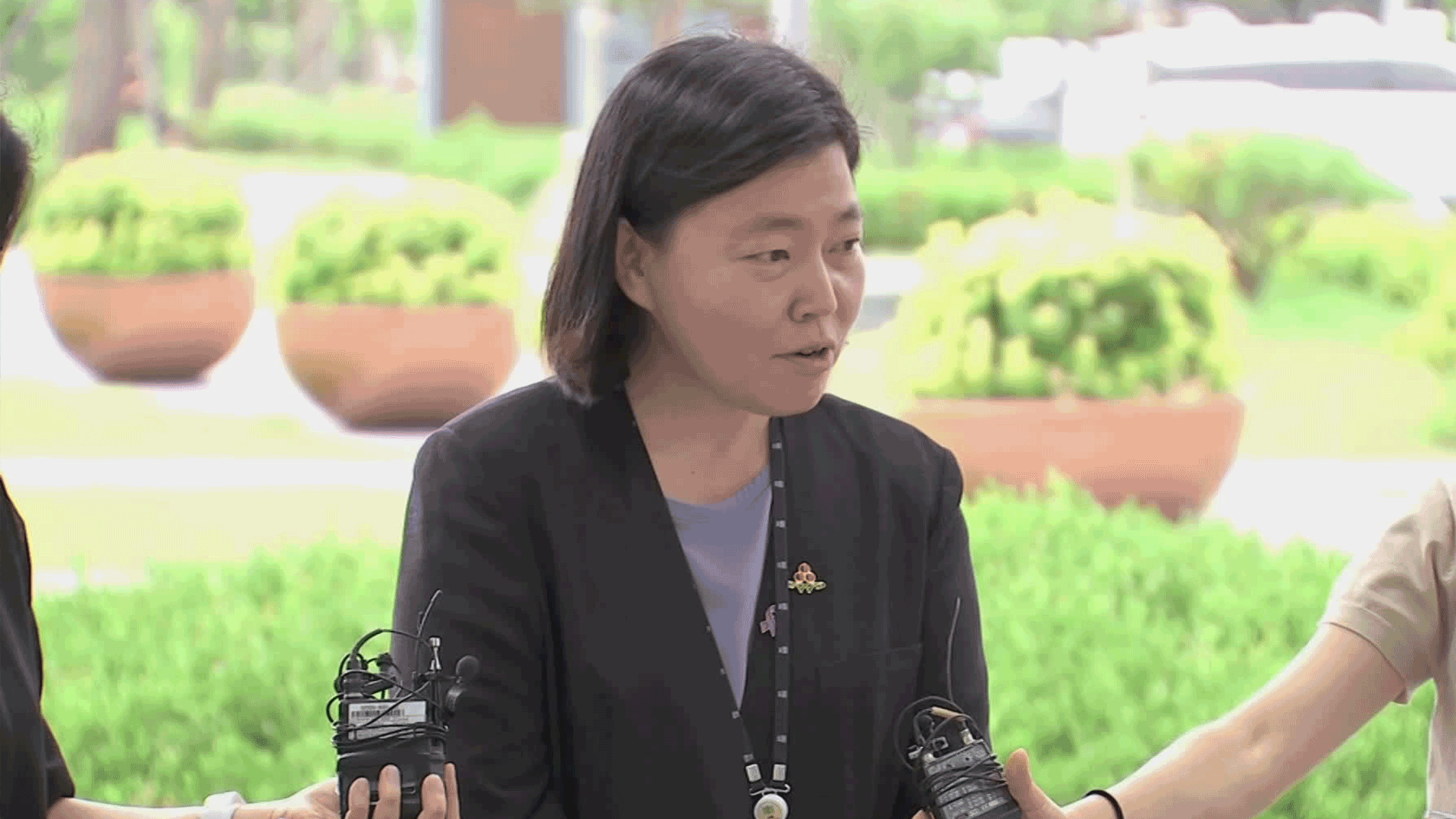

이 기사에 대한 의견을 남겨주세요.